Cooking a perfectly seared filet is an essential skill every kitchen professional should master. When it comes to meat, few things can compare to the rich, buttery flavor of a filet mignon cooked to perfection in a cast iron skillet. Understanding how to cook filet in cast iron skillet can elevate your culinary creations, offering both taste and presentation that will impress any guest. This article provides a comprehensive guide to achieving this delectable dish.
For those who may not be acquainted, a cast iron skillet is not just a simple cooking vessel; it's a versatile tool that retains heat better than other materials, allowing for a superior sear on meats. With the right techniques and timing, your filet can emerge from the skillet with a beautiful crust and a juicy interior. Let's explore the methods.
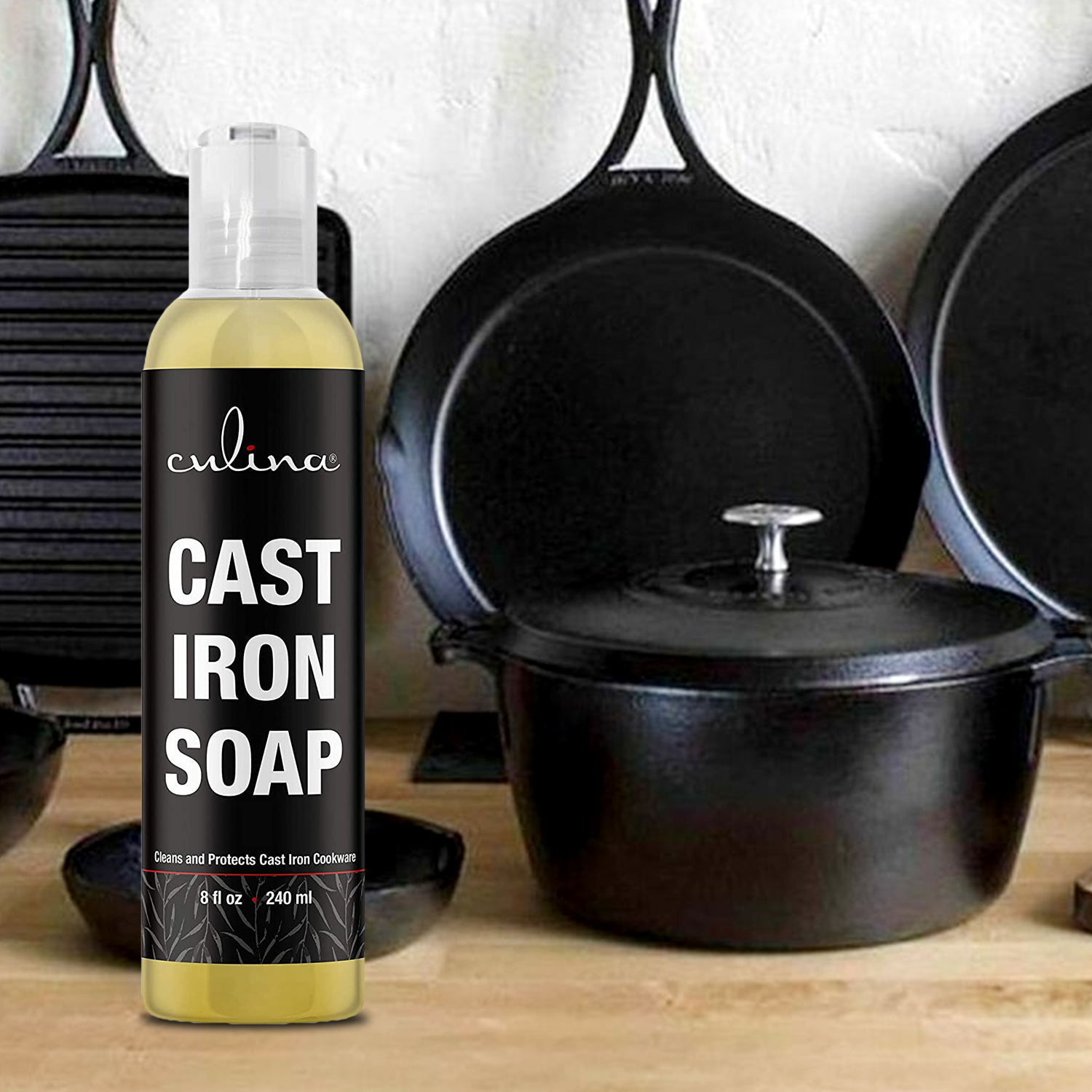
Preparation of the Skillet
Before you even think about cooking, the first step is to prepare your cast iron skillet. Heres how:
- Ensure your skillet is well-seasoned. If it looks dull or has food sticking to it, consider re-seasoning.
- Place it on medium-high heat for about 5 minutes.
- Add high-quality cooking oil, such as canola or grapeseed, which can withstand high temperatures without burning.
Choosing the Right Filet
The choice of filet is critical. Make sure to pick high-quality meat. Look for:
- Well-marbled cuts: This provides fat which will help keep the steak moist when cooking.
- Thickness: Aim for about 1.5 to 2 inches for even cooking throughout.
Once you have your steak selected, it's essential to let it come to room temperature before cooking. This ensures even cooking and better texture.
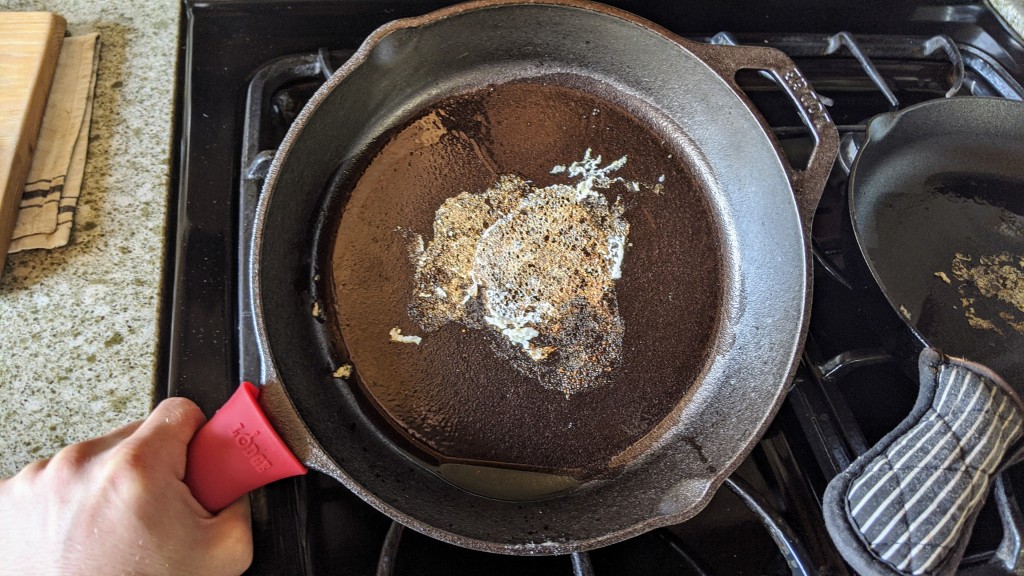
Seasoning and Preparation
Proper seasoning can make or break the dish. Heres how to season your filet:
- Generously sprinkle salt on both sides of the filet. Salt not only adds flavor but also helps in forming a crust.
- Add freshly cracked black pepper; this complements the natural flavors of the meat.
- Consider adding garlic powder or fresh herbs according to your taste preferences.
Timing and Cooking Steps
Now that your skillet is ready and your steak is seasoned, lets get down to the details on cooking:
1. Sear the Steak
Once the oil in the skillet is shimmering, its time for some action!
- Place the filet in the skillet away from you to avoid splatters.
- Let it cook for about 4-5 minutes without moving it. This is crucial for that beautiful crust.
2. Flip and Cook the Other Side
After achieving a good sear, confidently flip the filet over using tongs.
- Let it cook on the other side for about another 4 minutes. If you like it medium-rare, aim for an internal temperature of 130-135F.
3. Basting for Extra Flavor
While cooking on the second side, consider adding butter and aromatics like thyme or rosemary to the skillet.
- Use a spoon to baste the filet with the melted butter for enhanced flavor and moisture.
Finishing Touches
Once your filet is cooked to the desired doneness, remove it from the skillet and let it rest for about 5-10 minutes. This step is vital for allowing the juices to redistribute throughout the meat.
:max_bytes(150000):strip_icc()/GettyImages-162586206-2000-4fdf5409479b460b9903ac7e97af5f18.jpg)
Serving Suggestions
Your perfectly cooked filet can be served in numerous ways. Consider pairing it with:
- Garlic mashed potatoes
- Seasoned asparagus
- A crispy salad with a tangy vinaigrette

Maintenance of Your Cast Iron Skillet
After you've enjoyed your meal, dont neglect your skillet!
- Clean using warm water and a non-abrasive sponge.
- Dry it thoroughly to prevent rust.
- Apply a thin layer of oil to maintain seasoning.
Frequently Asked Questions
1. How long should I cook filet in a cast iron skillet?
This typically involves around 4-5 minutes per side, depending on thickness and desired doneness.
2. What temperature should I aim for in the skillet?
A medium-high heat is ideal, which is roughly 400F (204C).
3. Can I use olive oil in my cast iron skillet?
While olive oil can be used, it's not recommended for high-heat cooking; opt for oils with higher smoke points.
For additional detailed insights on preparing meat, check out this cooking guide on flank steak. If you're interested in learning about other uses of your cast iron skillet, view this article on using a stovetop grill pan. Experimenting with cooking techniques like grilling filet mignon can also add variety to your repertoire!
As an Amazon Associate, I earn from qualifying purchases.
As an Amazon Associate, I earn from qualifying purchases.

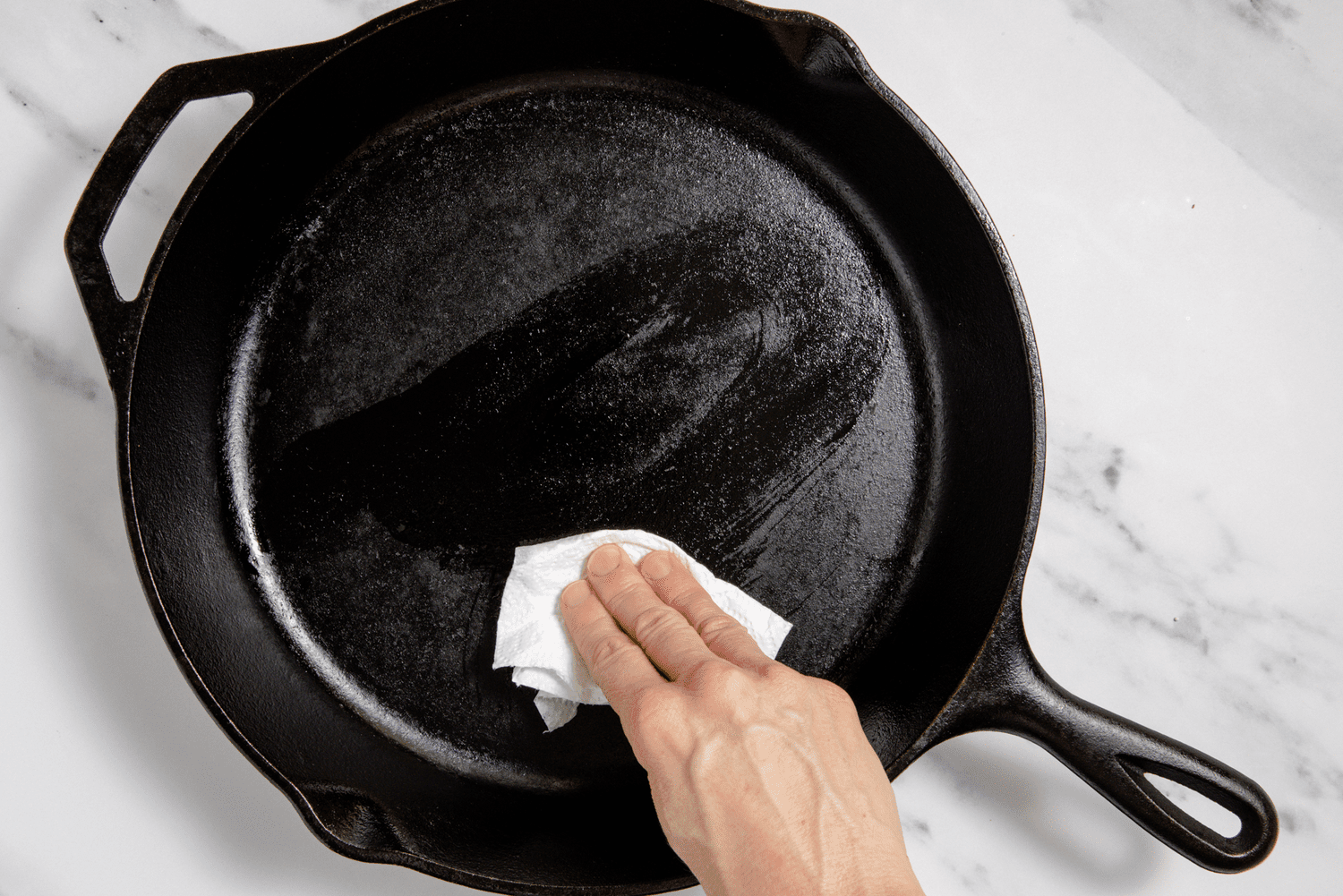


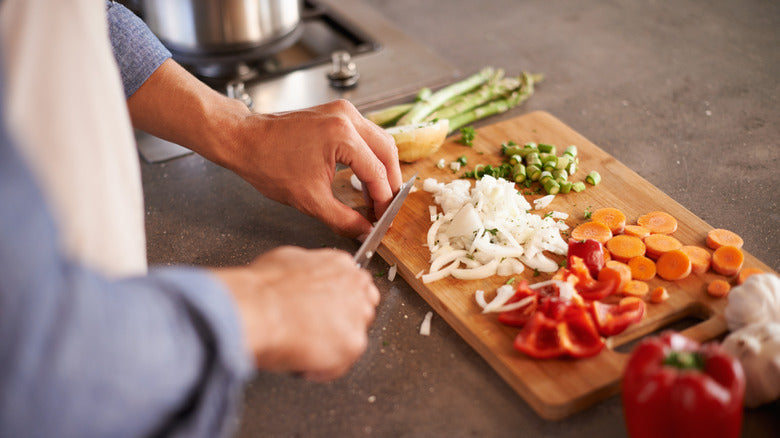
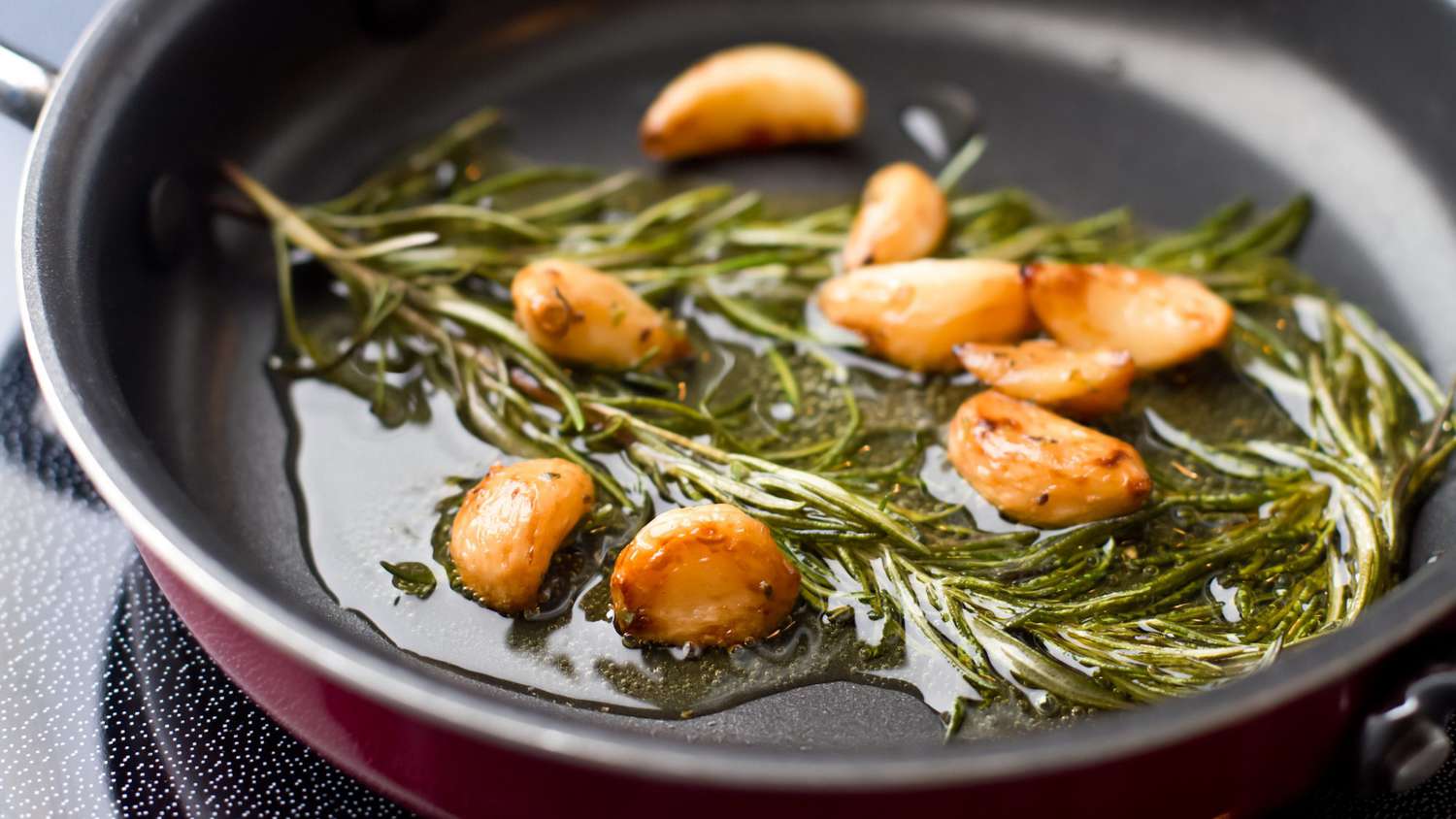
Leave a comment
This site is protected by hCaptcha and the hCaptcha Privacy Policy and Terms of Service apply.